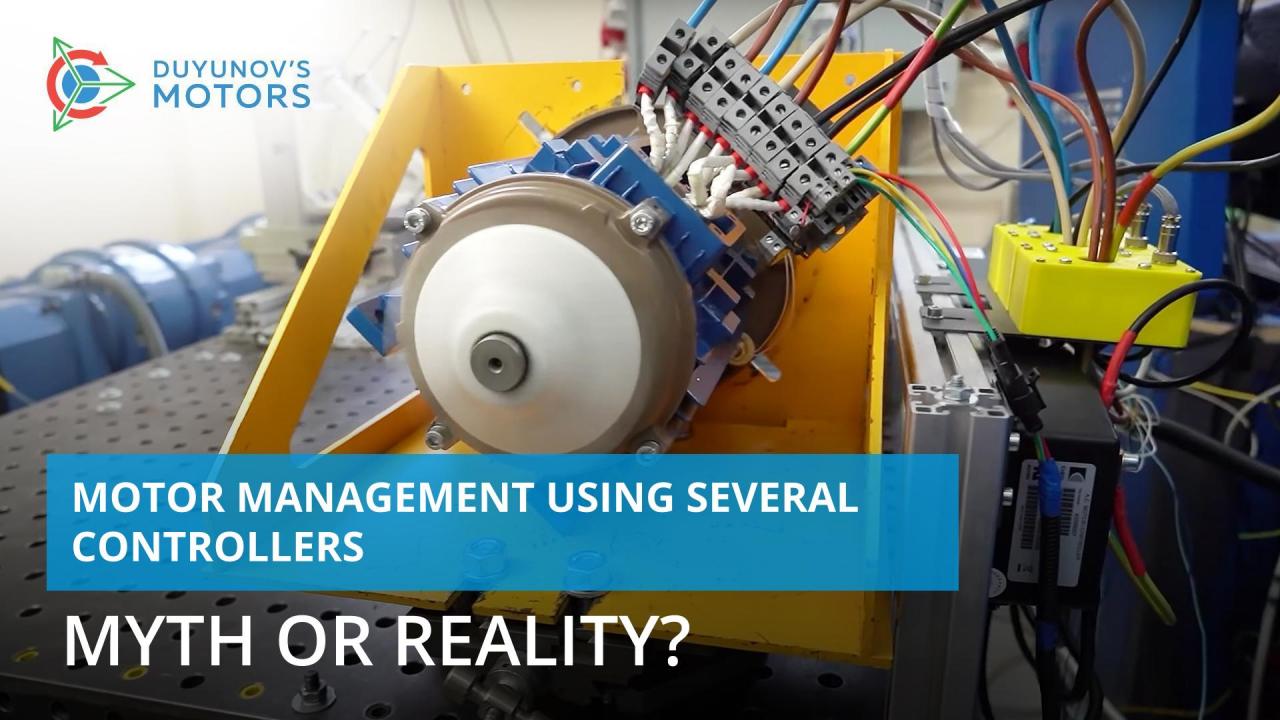
Motor management using several controllers: myth or reality?
Duyunov's team continues the work aimed at further improving motor efficiency and reliability. The video demonstrates the process of testing the prototype motor managed by three controllers in "SovElMash" laboratory.
"SovElMash" specialists have implemented the idea of creating such a motor thanks to the principle of dividing the winding into separate sections. The principle can be used both for induction motors with a traditional type of winding, and for motors with the combined winding "Slavyanka".
Some foreign companies are currently trying to create motors with multiple controllers. Meanwhile, ASiPP was the first company in the world to enunciate the principle of dividing the winding back in 2014, as part of their patent for a low-noise, energy-efficient electric drive.
Currently, the "SovElMash" laboratory is testing a six-pole AIR-100L6 donor motor that has a winding divided into three sections, each managed by its own controller.
This technology has a number of advantages.
- Improved motor reliability. If an induction motor with divided winding is installed, for example, on an airplane, then, in case one of the controllers fails, the motor will continue working and the plane will be able to land.
- A larger number of motor operating modes become available, thus making motor management more and more versatile.
- Reduced production cost. Using several less powerful controllers instead of one powerful, expensive controller ensures cost-cutting when creating a drive system.
Using the "Slavyanka" technology along with the divided winding principle enables "SovElMash" to expand the application scope for its original inhouse-developed motors, as well as to increase the economic impact of using them.
Watch the video from "SovElMash" and share it with your colleagues.

